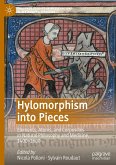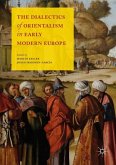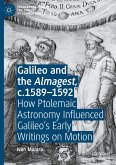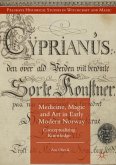Surviving the demise of his humoral pathology and anatomy, Galen s works on simple and compound remedies (the so-called galenicals ) formed the backbone of Western pharmacology up until the Industrial Revolution. Over its long and multicultural tradition spanning the Roman Empire and Byzantium, through Islamicate societies, India, and China, to the New World and even Japan Galenic pharmacopoeia evolved to incorporate new remedies, foods, philosophical rationales, and modes of preparation, including chemical ones. Despite its endurance, a systematic exploration of the use of galenicals beyond the Renaissance remains overdue.
Addressing this gap, the contributions in this volume bring together leading scholars who illuminate how this medical tradition unfolded in the early modern period and its underlying dynamics, often drawing on new or overlooked archival material. Challenging the prevailing narrative of decline, they examine how pharmacological knowledge was transmitted across languages and medical traditions. Each contribution highlights an aspect of the various conceptual adaptations this process entailed, including textual transmission, debates over the structure of matter, occult qualities, dosage quantification, apothecary regulations, patient treatment, and the integration of galenicals into household medicine. Special attention is also given to the commodification of materia medica in Atlantic trade, while a comprehensive introduction contextualises the main themes of Galen s post-Renaissance legacy and explores the reasons for its enduring vitality.
Chapter 13 is available open access under a Creative Commons Attribution-NonCommercial-NoDerivs 4.0 International License via link.springer.com.
Addressing this gap, the contributions in this volume bring together leading scholars who illuminate how this medical tradition unfolded in the early modern period and its underlying dynamics, often drawing on new or overlooked archival material. Challenging the prevailing narrative of decline, they examine how pharmacological knowledge was transmitted across languages and medical traditions. Each contribution highlights an aspect of the various conceptual adaptations this process entailed, including textual transmission, debates over the structure of matter, occult qualities, dosage quantification, apothecary regulations, patient treatment, and the integration of galenicals into household medicine. Special attention is also given to the commodification of materia medica in Atlantic trade, while a comprehensive introduction contextualises the main themes of Galen s post-Renaissance legacy and explores the reasons for its enduring vitality.
Chapter 13 is available open access under a Creative Commons Attribution-NonCommercial-NoDerivs 4.0 International License via link.springer.com.








